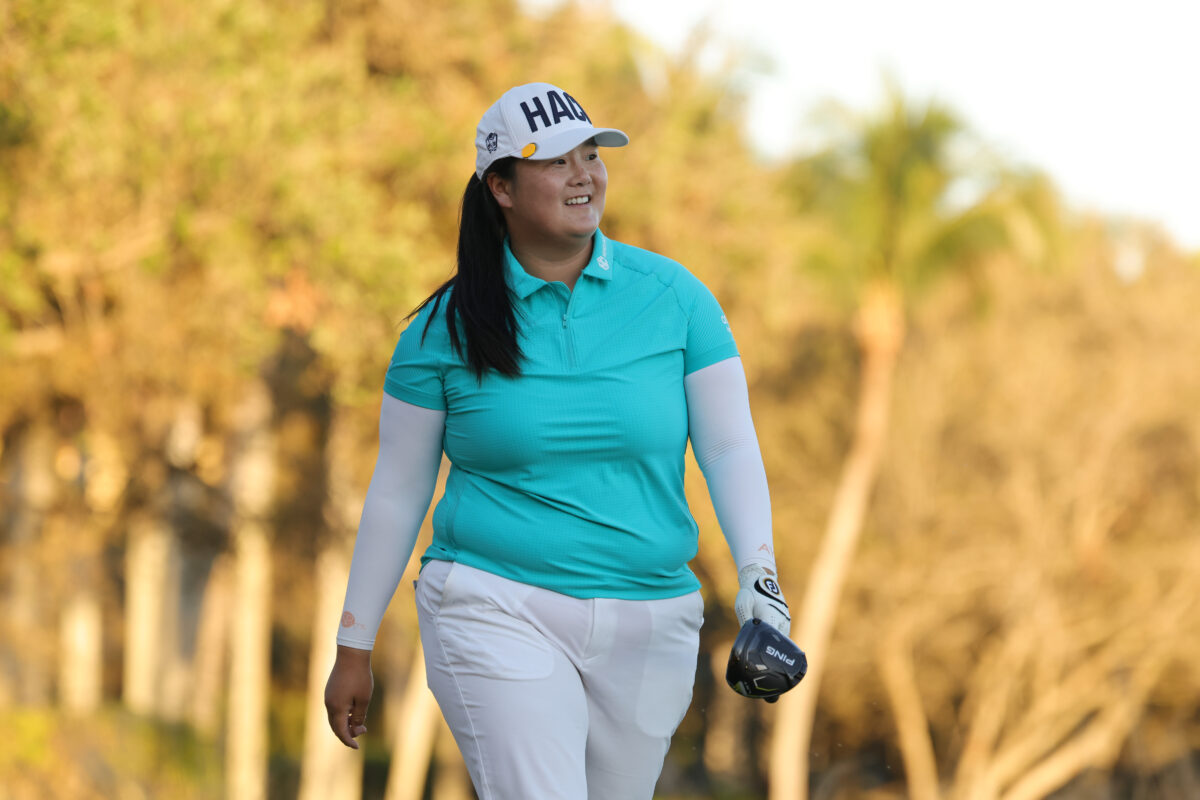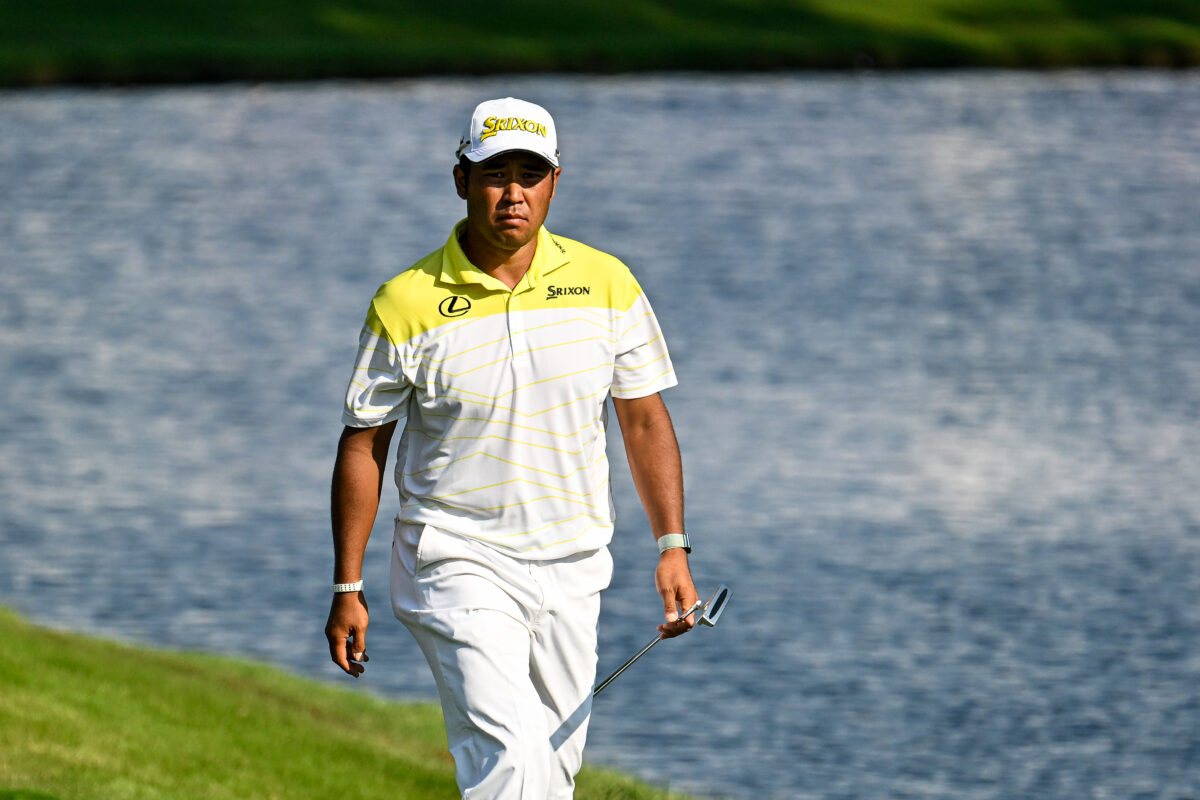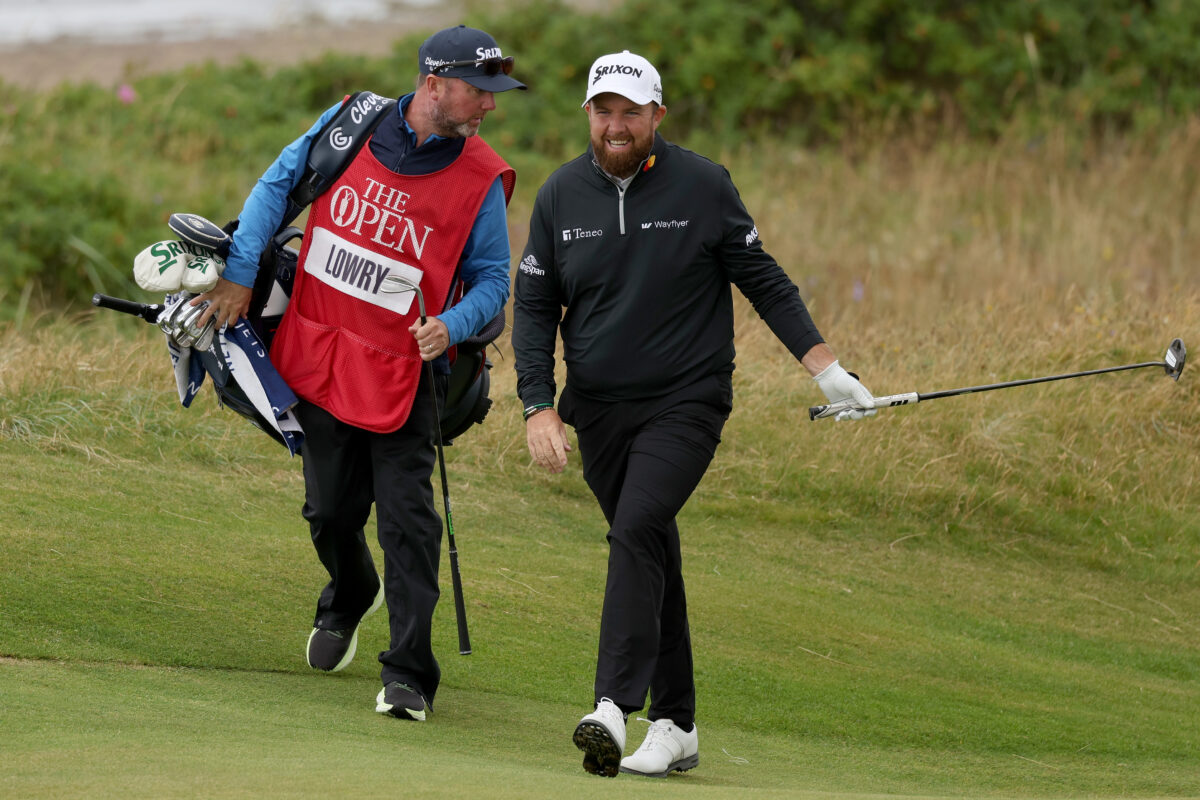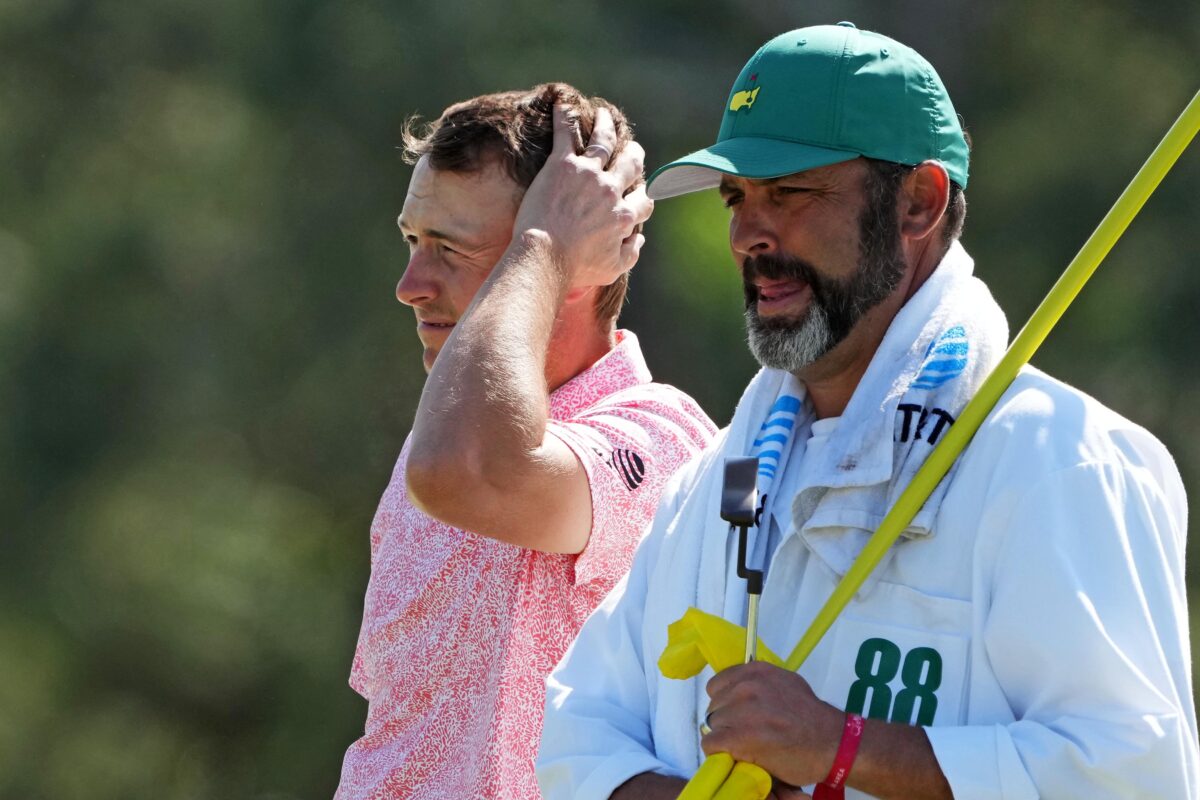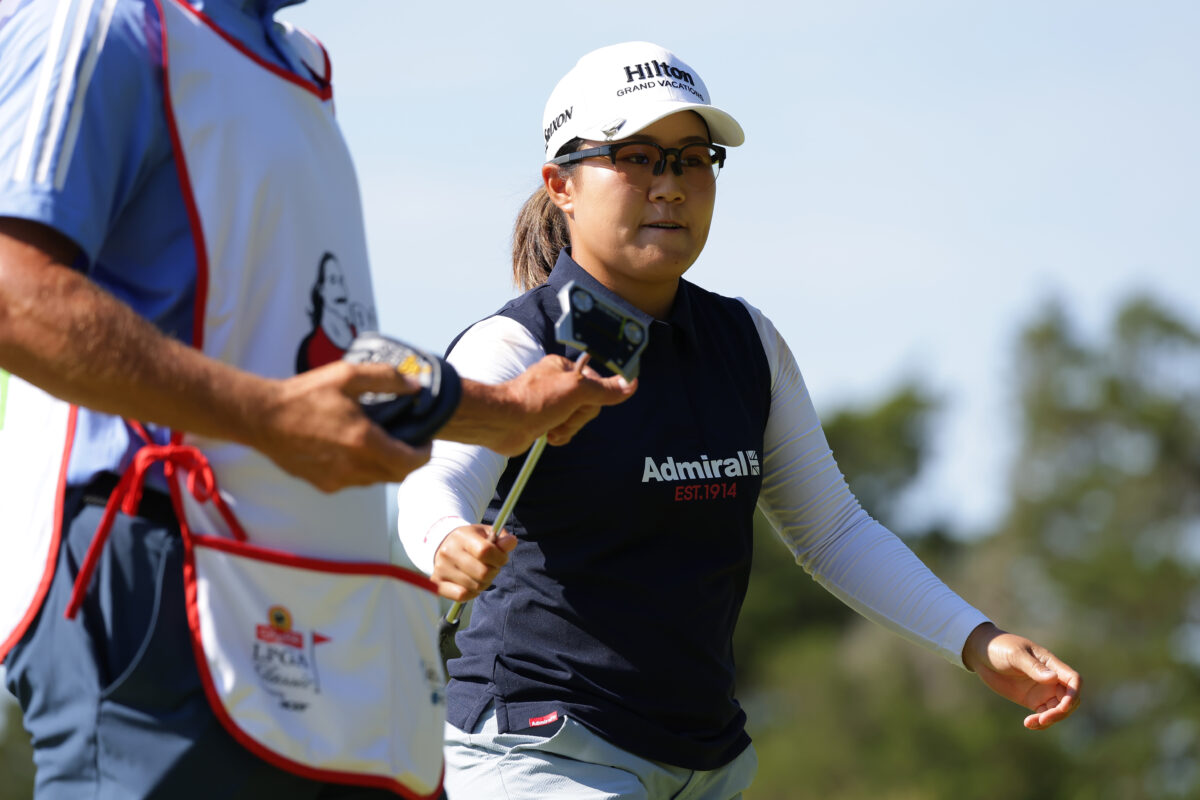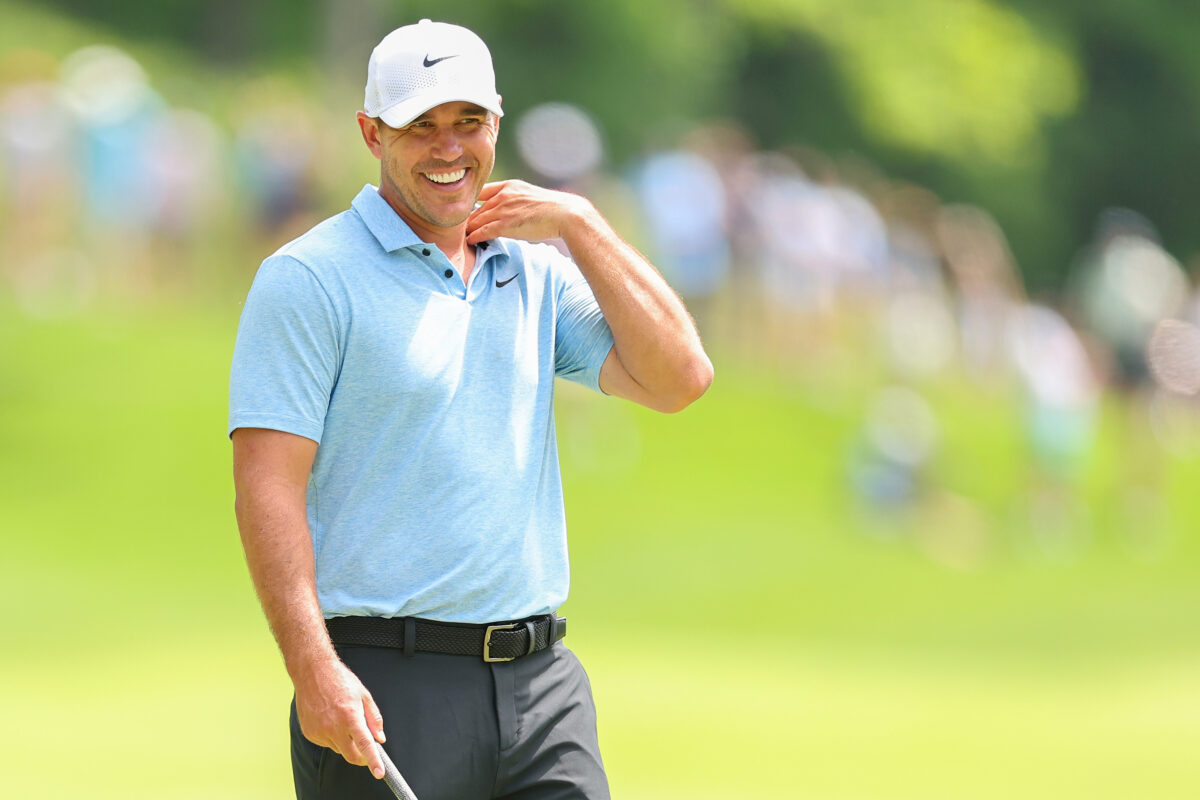NAPLES, Fla. — After second-round leader Angel Yin signed her scorecard at the CME Group Tour Championship, she and her caddie rode off with LPGA rules official Sue Witters to review footage from the fourth hole.
The question centered around a drop Yin took on the par 4 after hitting her second shot in the water. There was concern that she’d taken the drop closer than allowed. Yin would go on to get up-and-down for bogey, making a six-foot putt.
“They wanted to ask me about the process of the drop, and if I used all my resources to be able to come to a determination of where I crossed and how I took my drop,” said Yin.
“So we talked it through. We even brought Narin (An) and (caddie) Justin (Dunbar) in, everybody from the group.”
After completing the review, LPGA officials determined that no further action was required and Yin maintained her two-stroke lead.
CME Group Tour Championship: Leaderboard | Photos
“I think everybody is trying to hold up integrity and the rules of golf because it would be bad if we cheat, so we don’t want that,” said Yin.
“And anyway, we talked it through. It was all good.”
And the crowd goes wild for another @angelyinlol birdie 👏 pic.twitter.com/Ma3s7X7YPD
— LPGA (@LPGA) November 22, 2024
Yin’s second-round 69 puts her at 10 under for the tournament and two shots ahead of Hye-Jin Choi (68) and An (72). World No. 1 Nelly Korda shot 66 and trails by four along with 2023 CME champion Amy Yang, Jeeno Thitikul, Ruoning Yin and Ayaka Furue.
The winner of the CME will claim a record-breaking $4 million paycheck. Yin, 26, won for the first time on the LPGA last season and has earned $5.2 million over the course of her LPGA career.
Yin has now pulled her second shot in the water on the fourth hole two days in a row and had hoped to hit the range after the round on Friday but ran out of daylight.
